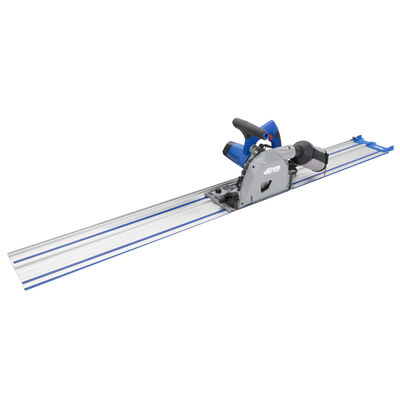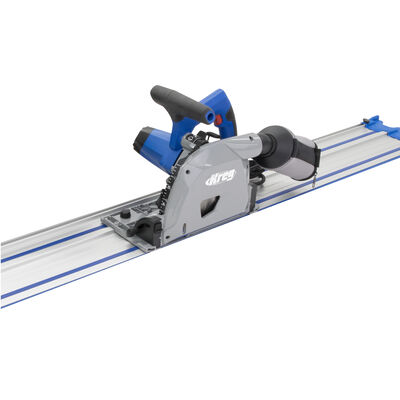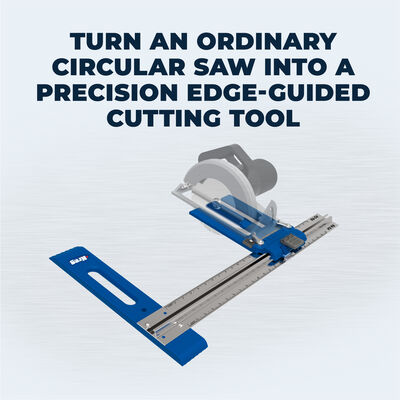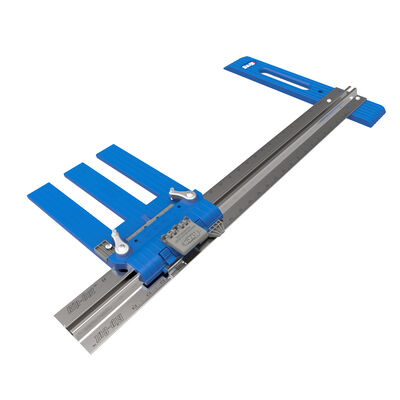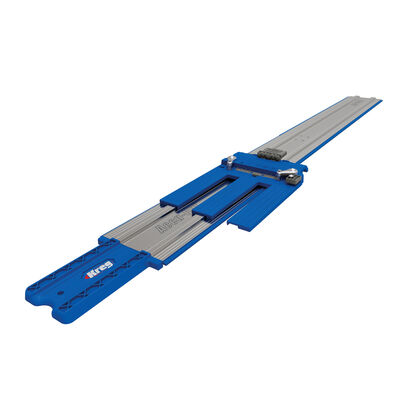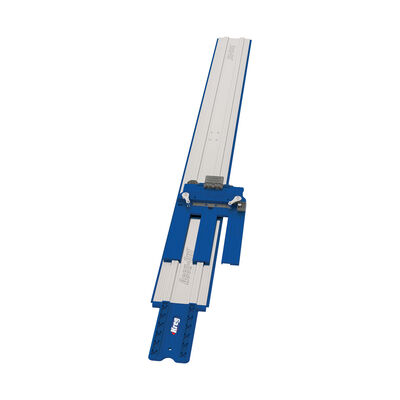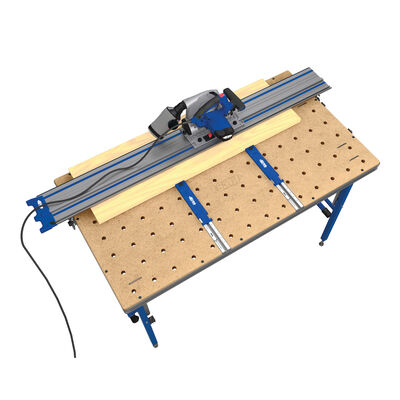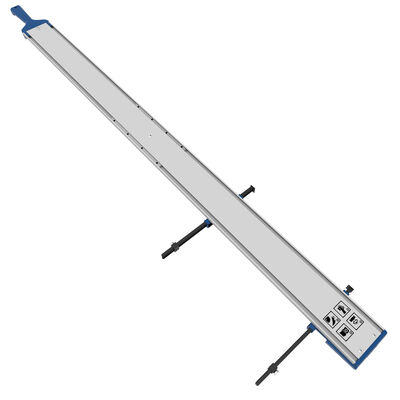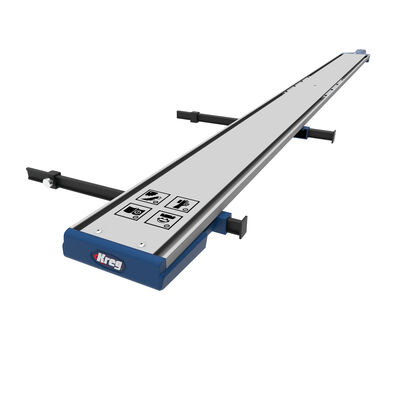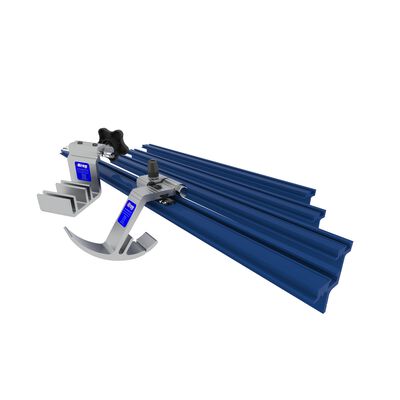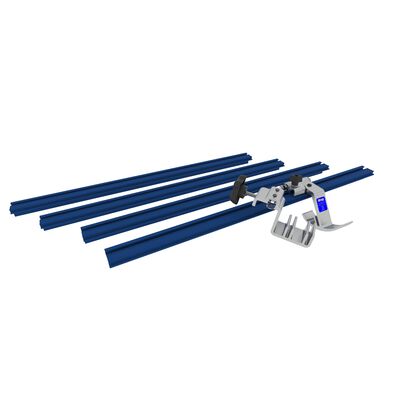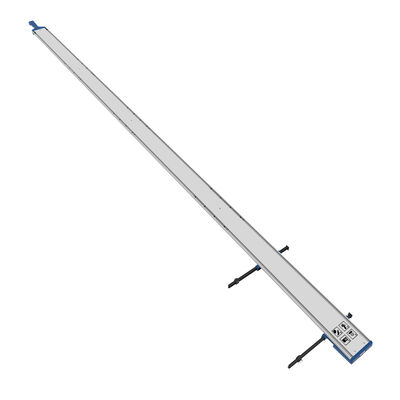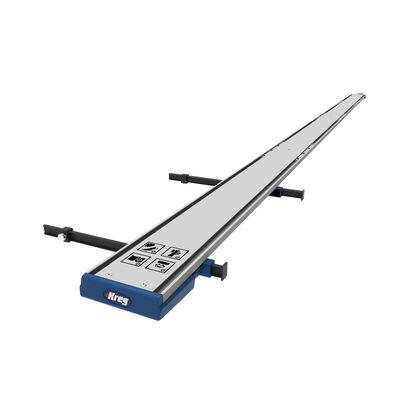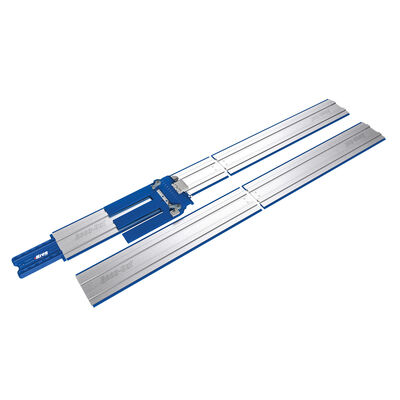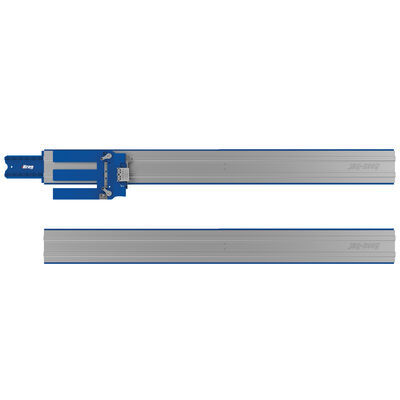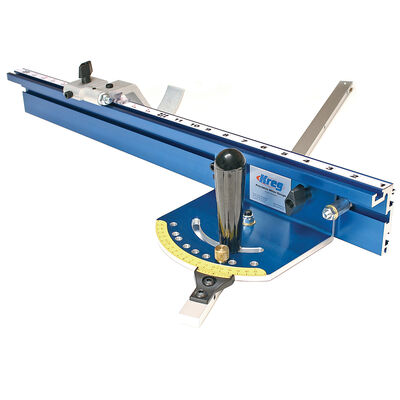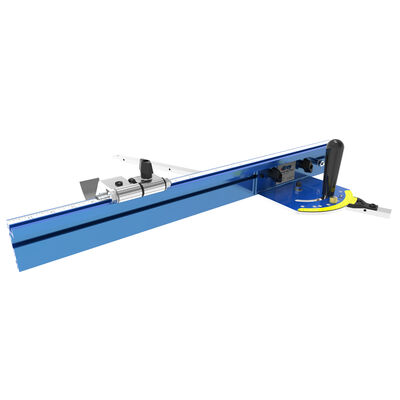Cutting solutions that make it easy to get straight, accurate cuts.
Get Great Cuts with Your Circular Saw

Which Guide is Right for You?
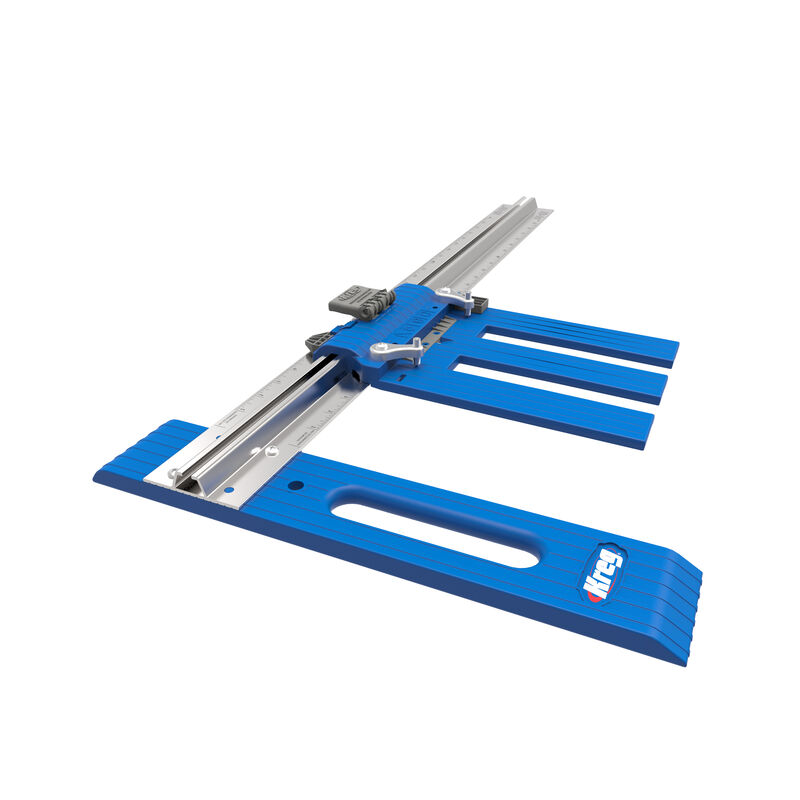
Rip-Cut™
The Kreg Rip-Cut is a circular saw guide that makes circular saw cutting straight, accurate, and repeatable in plywood, MDF & other large sheets.
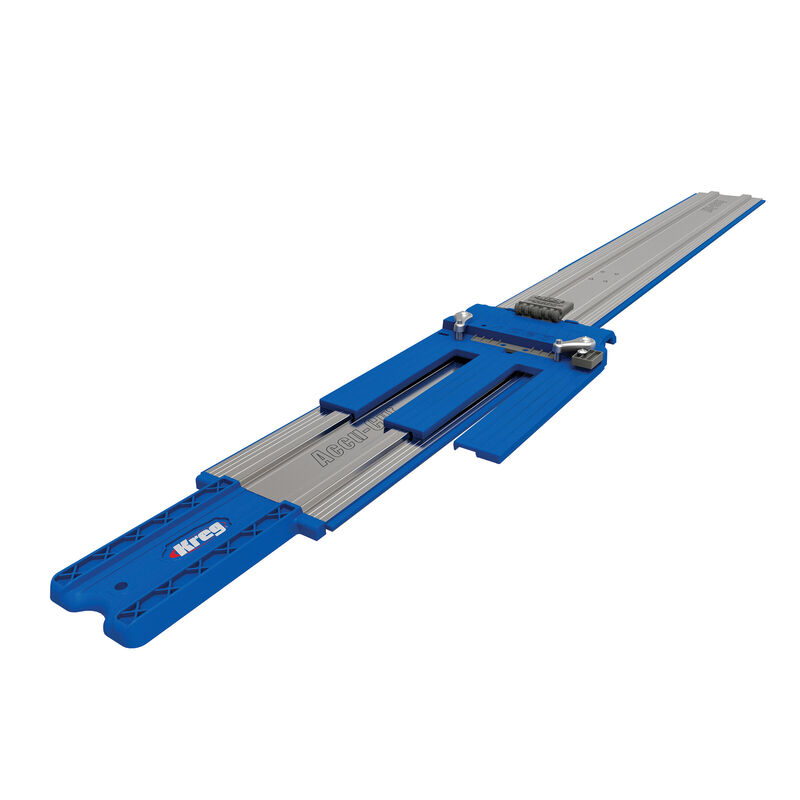
Accu-Cut™
The Kreg Accu-Cut™ circular saw guide track helps you make straight, accurate, splinter-free cuts in plywood and other large panels. | kreg
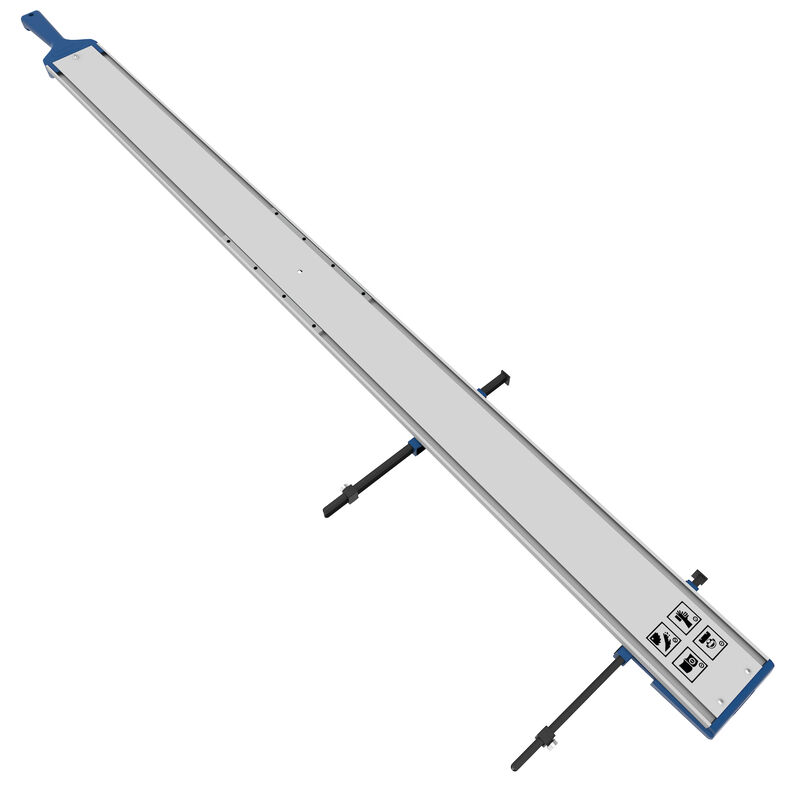
Straight Edge Guide
The Kreg Straight Edge Guide for your circular saw helps make straight, precise cuts in plywood and sheet goods.
7 Advantages of Using a Track Saw
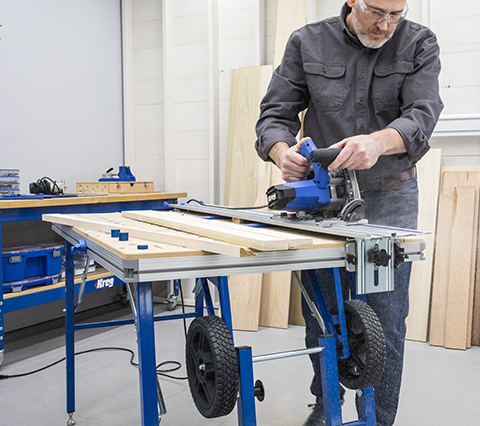
Quality Projects Start with Quality Cuts
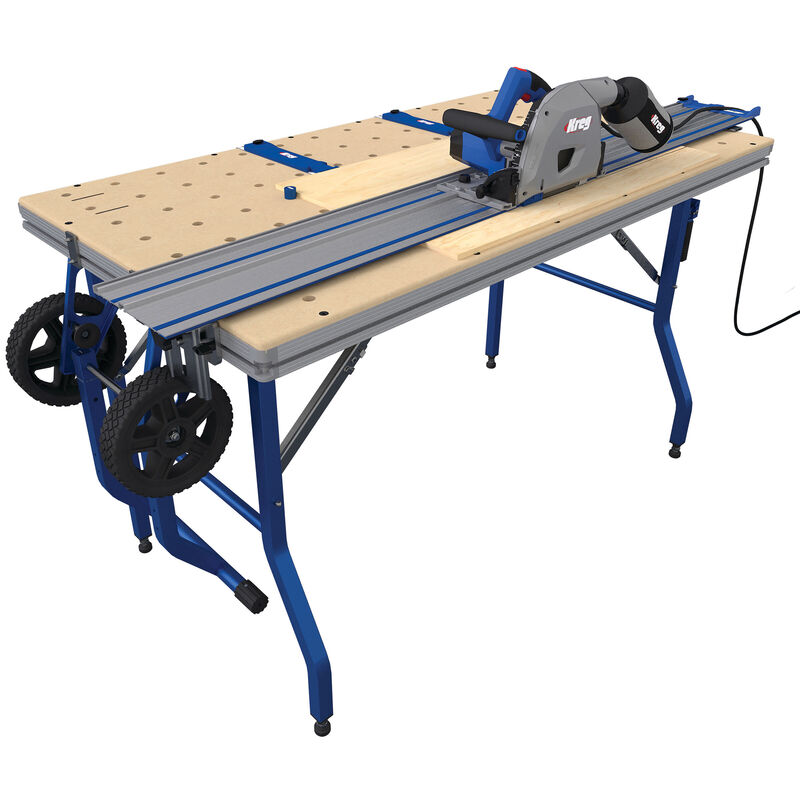
Adaptive Cutting System Master Kit
Plunge Saw and 62" Guide Track provide straight, smooth, splinter-free cuts anywhere Project Table expands cutting capability by supporting and positioning materials with integrated guides, stops, and measuring systems Versatile: Cut plywood and boards—rip, crosscut, mitered cuts—with one system Precise: Make accurate, high-quality cuts with ease and repeatability Safe: Work confidently with integrated safety features and anti-kickback protection Portable: Set up and stow your system quickly for simple transport and storage
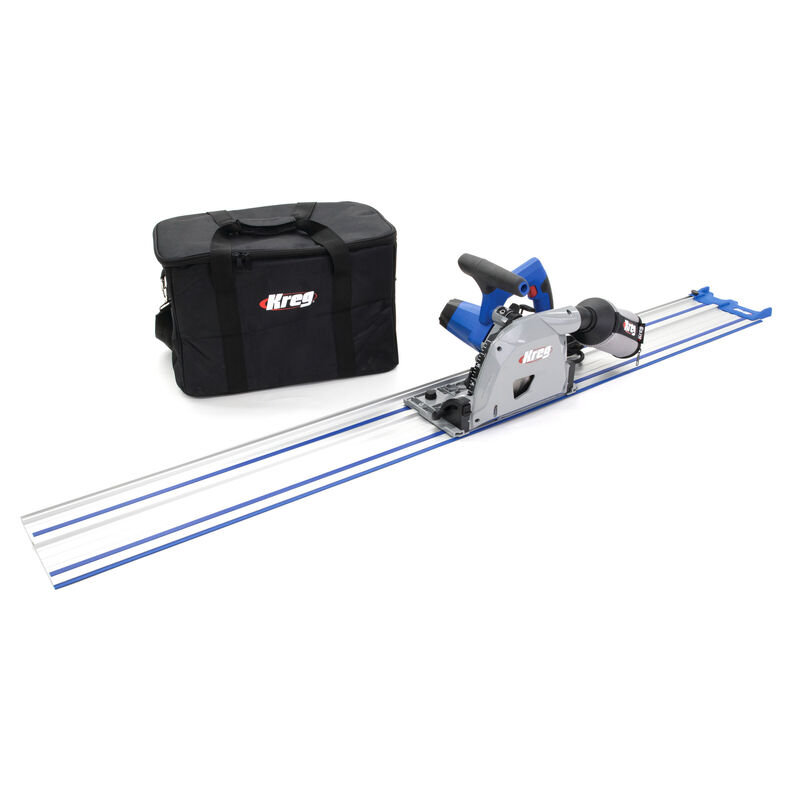
Adaptive Cutting System Saw + Guide Track Kit
Plunge-cutting circular saw with powerful 12-amp, 120-volt variable-speed motor with load compensation, fully-shrouded retracting blade, riving knife, electronic blade brake, and anti-kickback control Zero-offset design aligns track edge with exact cut location, while anti-chip strip provides smooth, splinter-free cutting 62" aluminum guide track allows use as a standalone track saw, or on the Adaptive Cutting System Project Table 2 1/8" maximum cut at 90° and 1 1/2" at 45°, -1° to 47° bevel capacity
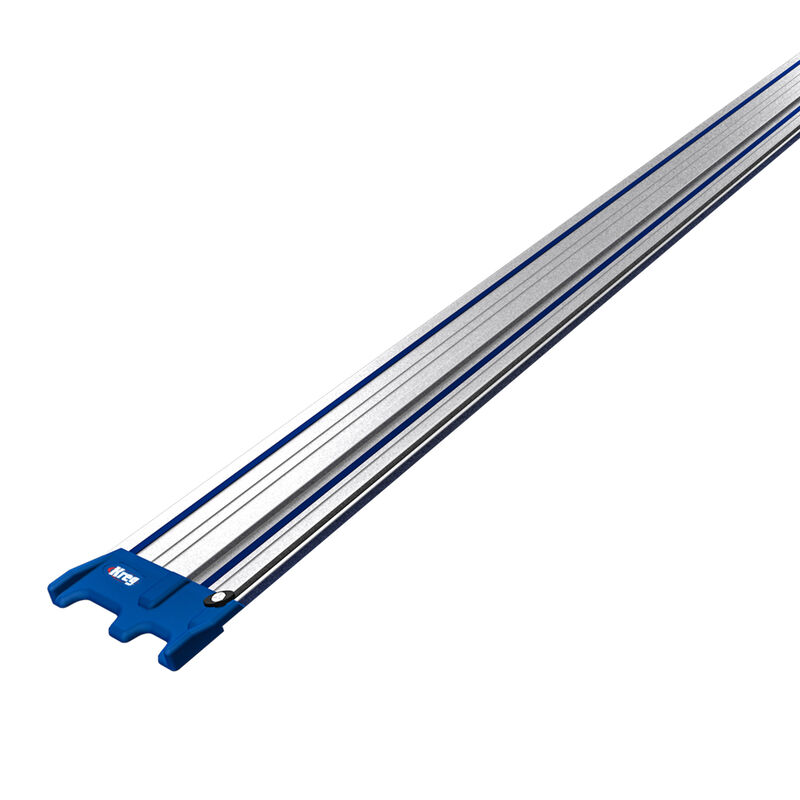
Adaptive Cutting System 62" Guide Track
High-performance track for straight, splinter-free cuts with the Kreg Plunge SawMake straight, splinter-free by guiding the Plunge Saw on the Adaptive...
Guided cutting starts with Kreg - get started with one of these
Get Inspired


